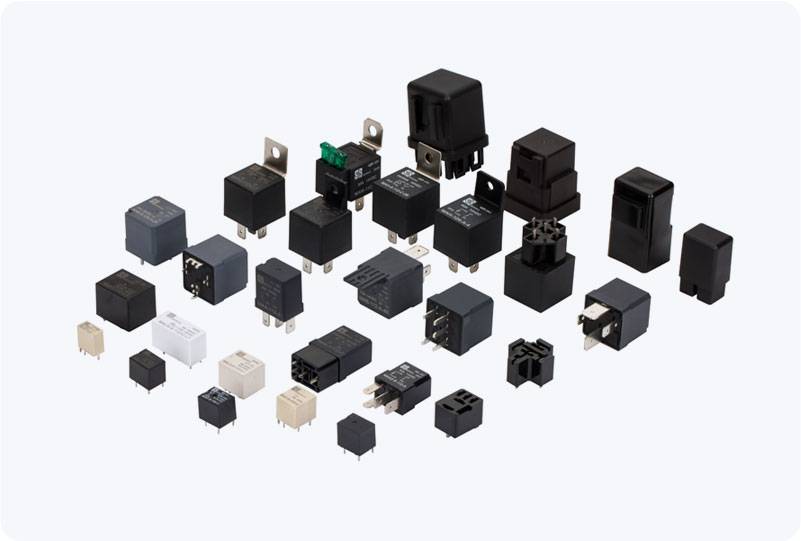Automation Relay is a crucial component in the world of industrial automation, widely utilized to manage electrical circuits and perform critical tasks such as switching and control. With the increasing demand for efficient, reliable, and precise control systems in industries such as manufacturing, power distribution, and robotics, the role of relays has become more significant. This article will explore the workings, types, applications, and benefits of automation relays, shedding light on how they contribute to modern automation systems.

What is an Automation Relay? An Automation Relay is an electrically operated switch that allows control of one circuit by another. Essentially, it is a device that uses an electromagnet to open or close contacts in a circuit. When an electrical current passes through the relay coil, it generates a magnetic field that pulls a metal armature, causing the relay’s contacts to either make or break a connection. This makes relays ideal for controlling high-power circuits with low-power signals. Types of Automation Relays Electromagnetic Relays These are the most common type of relays, comprising a coil, a movable armature, and a set of contacts. When current flows through the coil, it creates a magnetic field that actuates the armature to either close or open the contacts. These relays are versatile and widely used in industrial automation systems for controlling various devices like motors, lights, and alarms.